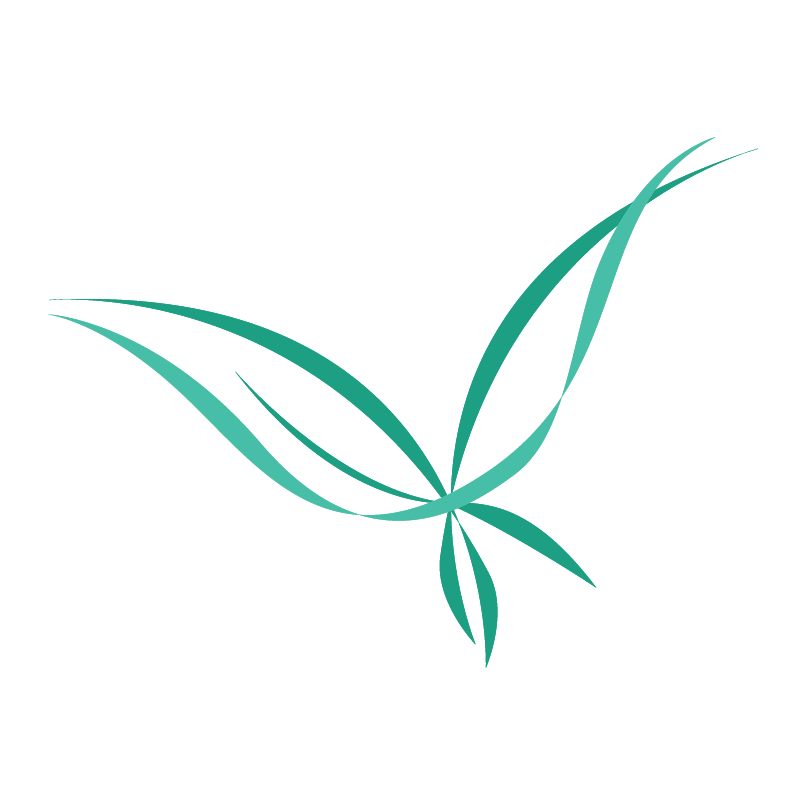
Asian Breast Augmentation patients, as well as people with darker skin (more pigment), may be more prone to excessive scar tissue formation after surgery. Sometimes, scars can also appear more visible on darker skin, including; olive, tan, brown, black, and other melanin-rich skin tones. This is in comparison to scars on skin that have less melanin or pigmentation.
Breast Augmentation Surgery – Download our FREE Guide
Visibility is different on different skin colours. For example, on lighter skin, the scar may be darker in colour. However, on darker skin, the scar may be a lighter tan, brown, or pale white colour. When the scar colour is very different from the skin that surrounds it, it may stand out in terms of visibility.
Sun exposure can worsen scar visibility, at least temporarily. If a scar is already lighter than the surrounding skin, it can appear more prominent. In other words, it can create a higher contrast to the non-scarred skin after sun exposure or after skin tanning.
Another reason for potentially more visible scars after Breast Augmentation surgery is that some skin tones are prone to what is known as Keloid scarring, which leaves a more raised and visible type of scar.
How do your scars form – are you or a family member prone to developing keloid scars?
By the time you choose to undergo Breast Augmentation surgery, you’ll likely be familiar with your natural scarring propensities. However, you could react uniquely to surgical incisions and suddenly develop keloid scarring.
With your self-awareness of your history of scar development, you and your surgeon will be able to discuss the best ways to help minimise your scars from your implant surgery.
Your surgeon will strategically place the incisions under the inframammary crease (beneath the breast), along the nipple, or even in the armpit area for some Breast Augmentation surgery procedures. The name of this armpit incision placement option is the Transaxillary Incision Breast Augmentation.
To learn more about your options for Transaxillary Incision Breast Augmentation surgery by Dr Craig Rubinstein, send an enquiry form or read more on our Breast Implant procedures pages.
Scars do improve over time but they may still remain significantly paler than the non-scarred skin. This means they may remain quite visible even if they are ‘skinny’ scars (fine surgical scars that healed extremely well).
Keloid scars: Raised scars and how they develop
When a surgeon or doctor operates on your skin, there is typically an incision. Over that incision, a fibrous tissue (made up of tough protein fibers) called scar tissue forms to help protect and repair the area.
Some skin types, including Asian skin types, have genetic tendencies to form keloid scars. These are large, raised scars in the area of a surgical incision, injury, or skin trauma.
- For some patients, scar tissue grows excessively and forms raised hard growths (like elevated skin platforms), technically called keloid scars.
- All skin types and skin colours CAN get keloid scars.
- Keloids are not harmful but can lead to cosmetic concerns.
- They can end up covering a MUCH LARGER AREA than the original wound or surgical incision.
- Keloids can develop on any part of the body. However, they are most noticeable in visible areas such as your cheeks, ears, shoulders, or chest area.
- Individuals with darker skin are more prone to keloid scar development than those with less pigment in their skin.
- You might even be advised to AVOID the sun as skin tanning can emphasise the difference in skin colour between the scar tissue and your non-injured, un-scarred skin surface.
If you want to have breast implants and are concerned about your potential for developing keloid scars at the incision points, schedule a consultation with Dr Craig Rubinstein to learn more about Transaxillary Breast Augmentation options (armpit incisions for breast augmentation and implant placement).
Scar management for Asian and darker skin types
For all surgical scars, you’ll typically be advised to keep your scar covered up when you’re in the sun in order to help prevent additional discolouration or noticeable skin contrasts between the scarred skin and your normal skin.
Risk factors associated with keloid formation include:
- Asian heritage
- Latino heritage
- Skin injury or surgical scars occurring during pregnancy
- Young age (keloids potentially reduce in occurrence after you reach 30 or 40 years of age)
Keloid scars
Overgrowth of scar tissue around a surgical incision or a skin wound in Asian patients
Some Asian Breast Augmentation patients may be concerned about scar tissue formation as they are more prone to keloid scarring. As a result, it is common for them to request an armpit incision approach.
Keloid scars are an overgrowth of scar tissue that sometimes develops around a surgical incision or other types of skin wound. Whist the biophysical mechanisms that lead people to develop keloid scars are not fully understood, they are most commonly seen in people who have darker skin tones, including people with the following heritage:
- Asian
- Latino
- Pacific Islander
- Middle Eastern
- Mediterranean
- And also African
Whilst some treatments can help minimise the appearance of keloid scars after they develop, if you are prone to getting them, be sure to let your Surgeon know BEFORE your Breast Augmentation Surgery.
Scars are always an important topic during a surgical consultation, and everyone wants to know how to minimise or avoid them. Sadly, there is no such thing as a ‘scarless’ surgery (although liposuction leaves minimal incision points) – but there are ways to minimise your scars during Breast Augmentation (Read more).
Also, if you are prone to keloid scars, it is best to avoid tattoos, skin piercings, and other practices that injure or penetrate the skin.
Your history with keloid scar development after Asian breast augmentation
The age keloids develop most prominently is typically when you’re between the ages of 10 and 30. Interestingly, very young or old individuals usually don’t develop keloid scars.
However, if you’ve had them before, you are likely to have keloid scars again. Furthermore, they are always a possibility if you’re still in an age range where they are known to occur. If a family member is prone to getting keloids, you are likely at an increased genetic risk of getting them.
Genetic scarring tendencies: 50% of people who get keloid scars have another family member who also developed keloid scars.
Scientists don’t yet know the full extent to which genetics dictates our reactions to incisions or our scar formation response. But it does appear that both nature (genetics) and nurture (what we consume) have some impact on our scar formations. It may be likely, however, that fewer than 16% of people with more melanin-rich skin will develop keloid scarring. There appears to be a higher incidence of keloids in people with extremely fair skin types (ultra-pale skin) as well as darker skin types.
Areas where there are skin piercings are particularly susceptible to keloid development. These areas are known to stretch or experience tension during piercing (wound/incision) healing.
How does a propensity to scar more visibly impact an Asian breast augmentation?
If you have a tendency towards developing excessive scar tissue growth after skin penetration from a cut, a surgical incision, or a piercing, you may want to consider your options for breast augmentation incisions.
Instead of a periareolar incision or an implant placement incision under your breasts in the inframammary crease, perhaps you’ll be a great candidate for an armpit incision (Transaxillary Incision for Breast Implant Insertion). This incision is hidden in the underarm area. Although this is a more complex procedure, it helps minimise your breast augmentation scars.
It’s a highly complex procedure requiring advanced surgical knowledge and skills compared to the other types of breast augmentation surgery. So, be sure you choose a highly skilled Plastic Surgeon.
Dr Craig Rubinstein has a track record of successful Transaxillary Incision Breast Enlargement surgeries for Asian patients and others with darker skin who live or work in Melbourne.


